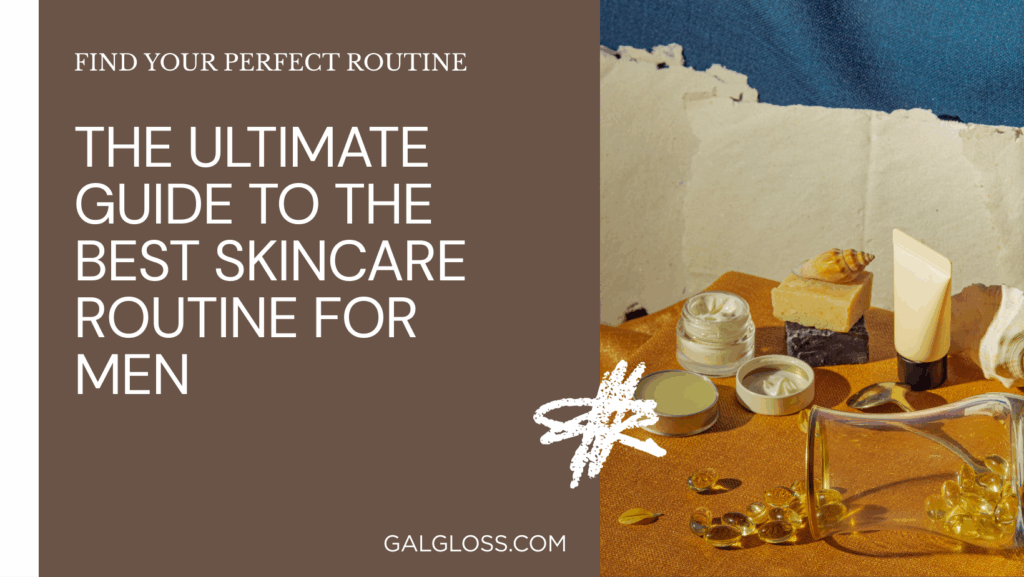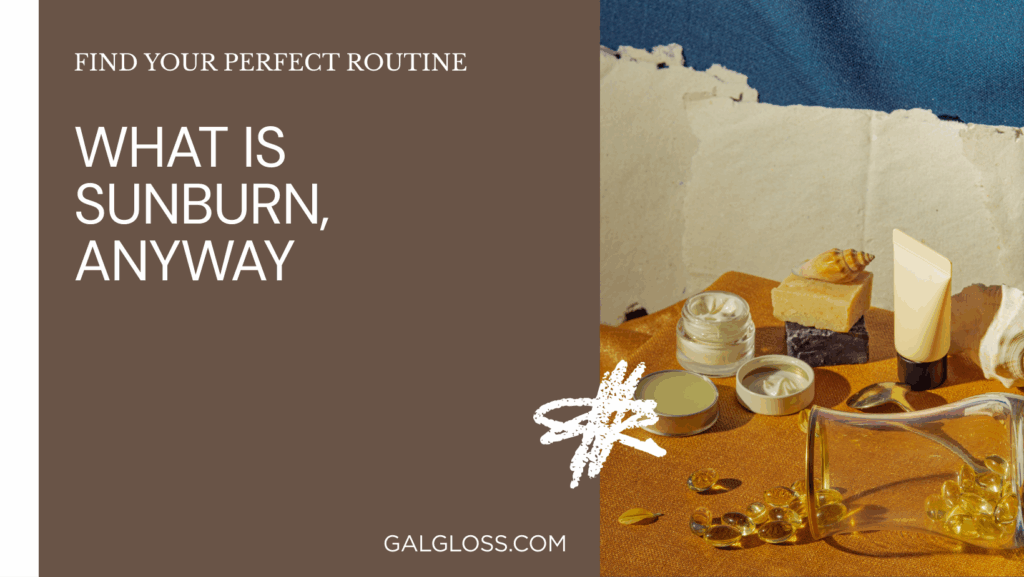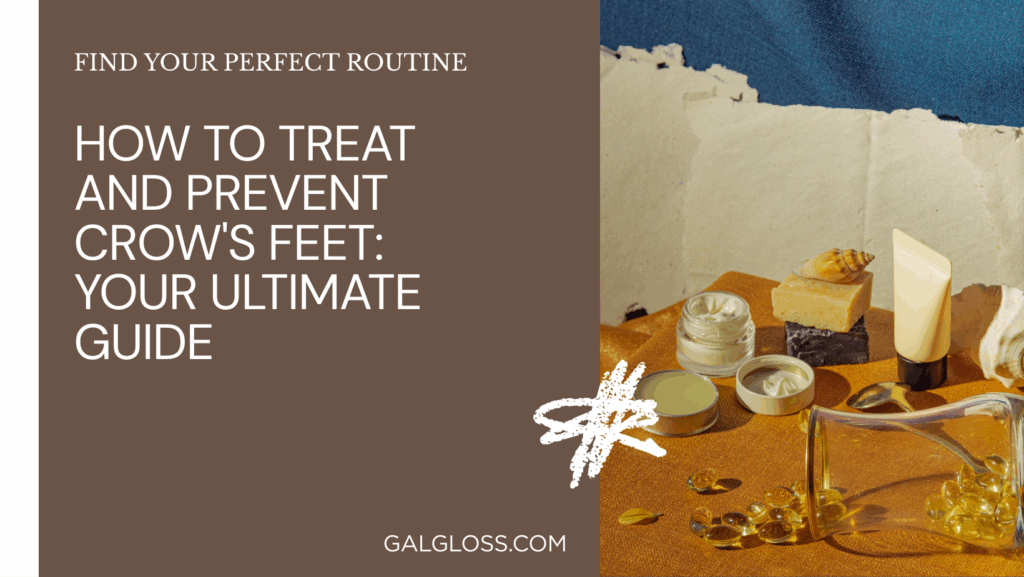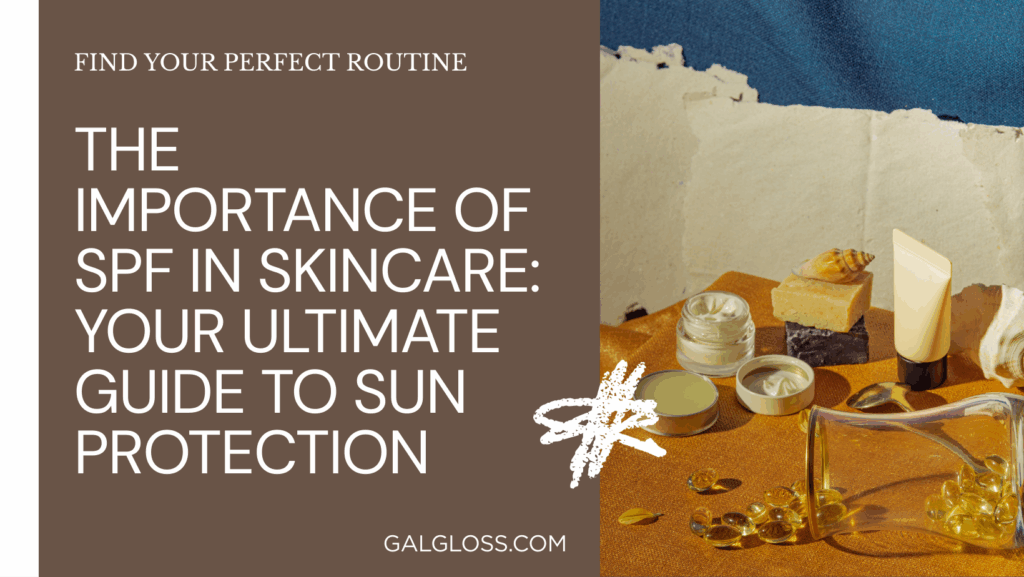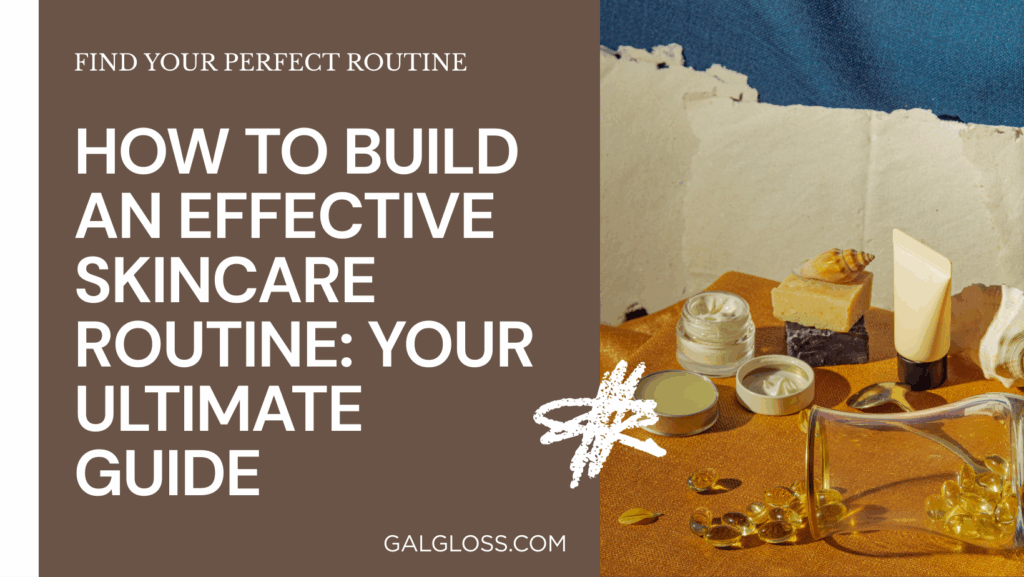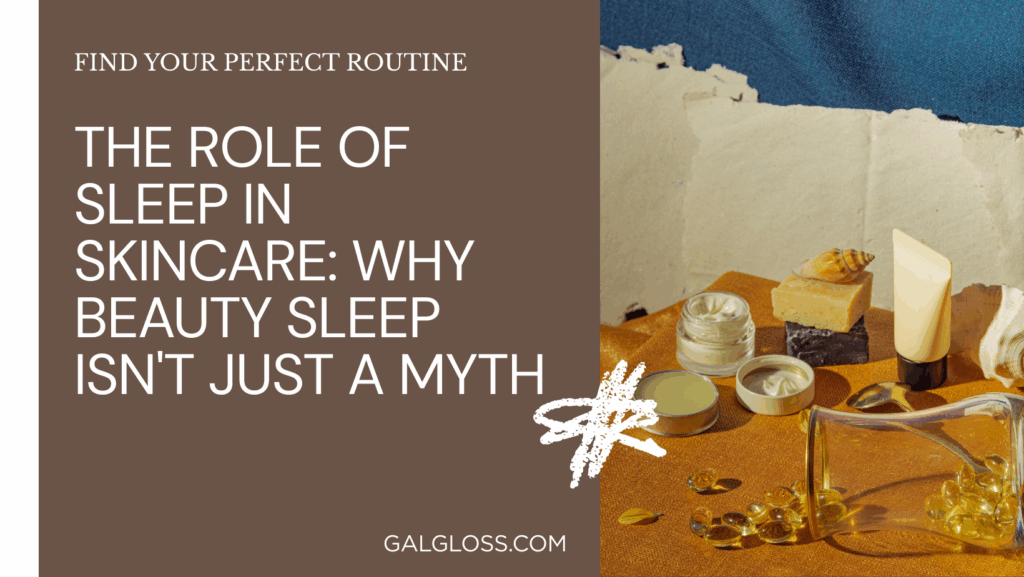Ever felt overwhelmed in the sunscreen aisle? You’re not alone. With so many options out there, choosing the right sunscreen can feel like solving a complex puzzle. But don’t sweat it (pun intended) – we’re here to demystify the world of sun protection.
Why should you care about sunscreen in the first place? Well, imagine your skin as a delicate painting. UV rays are like harsh sunlight that can fade and damage that masterpiece over time. Sunscreen acts as a protective glass, shielding your skin from harm. It’s not just about avoiding a painful sunburn (though that’s certainly a plus). We’re talking long-term benefits: reducing your risk of skin cancer, preventing premature aging, and keeping your skin healthy and radiant.
But here’s the kicker: not all sunscreens are created equal. From chemical to physical, sprays to sticks, and options for every skin type under the sun (see what we did there?), there’s a lot to unpack. Don’t worry, though – by the end of this guide, you’ll be a sunscreen savant, armed with the knowledge to choose the perfect protection for your unique needs.
Why Use Sunscreen?
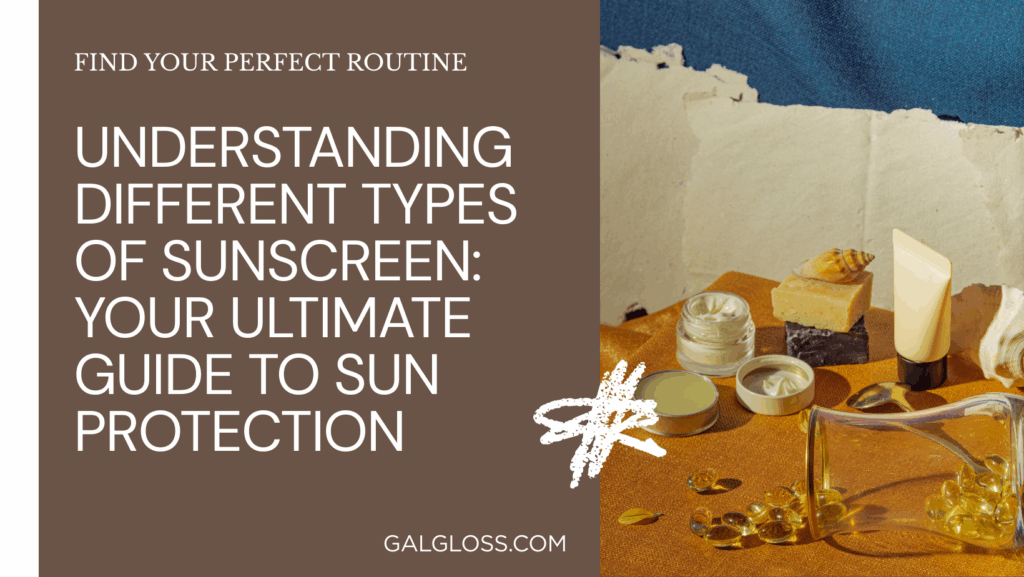
Let’s dive into the nitty-gritty of why sunscreen is your skin’s best friend. It all comes down to those pesky UV rays. UVA and UVB rays are the troublemakers here, each causing different types of damage:
- UVA rays: These sneaky rays penetrate deep into your skin, causing premature aging, wrinkles, and dark spots. Think of them as the “A” in “Aging.”
- UVB rays: These are the burn-causers, damaging the outer layers of your skin. Remember “B” for “Burn.”
Both types contribute to skin cancer risk, so it’s crucial to protect against both. That’s where broad-spectrum sunscreen comes in – it’s your shield against both UVA and UVB rays.
Short-term, sunscreen prevents painful burns, blistering, and that “lobster look” nobody wants. Long-term, it’s your best defense against:
- Skin cancer (including melanoma, the most dangerous type)
- Premature aging (fine lines, wrinkles, and age spots)
- Uneven skin tone and hyperpigmentation
- Breakdown of collagen and elastin (the proteins that keep your skin firm and bouncy)
Key Factors in Choosing Sunscreen
When you’re scanning those sunscreen labels, here are the big three to look out for:
- SPF rating: Sun Protection Factor measures how well the sunscreen protects against UVB rays. An SPF 30 blocks 97% of UVB rays, while SPF 50 blocks 98%. Dermatologists generally recommend at least SPF 30 for daily use.
- Broad-spectrum protection: This means the sunscreen guards against both UVA and UVB rays. Always opt for broad-spectrum to get full protection.
- Water resistance: If you’re swimming or sweating, look for water-resistant formulas. They’re typically effective for 40 or 80 minutes of water exposure.
Chemical Sunscreens
Chemical sunscreens work like a sponge, absorbing UV rays before they can damage your skin. They typically contain ingredients like avobenzone, oxybenzone, octinoxate, and homosalate.
Pros:
- Easier to spread on skin
- Less likely to leave a white cast
- Often feels lighter on the skin
Cons:
- Can irritate sensitive skin
- Some ingredients (like oxybenzone) may have environmental concerns
- Need to be applied 15-30 minutes before sun exposure
Physical (Mineral) Sunscreens
Physical sunscreens, also known as mineral sunscreens, act like a shield. They sit on top of your skin and reflect UV rays away. The main ingredients are zinc oxide and titanium dioxide.
Pros:
- Less likely to cause skin irritation
- Immediately effective upon application
- Often preferred for sensitive or acne-prone skin
Cons:
- Can leave a white cast, especially on darker skin tones
- May feel heavier on the skin
- Can be harder to apply evenly
Combination Sunscreens
Why choose when you can have both? Combination sunscreens blend chemical and physical ingredients, offering the best of both worlds. They often provide excellent protection while minimizing the drawbacks of each type.
Special Types of Sunscreen
Sunscreen doesn’t just come in lotions. Let’s explore some other formats:
- Spray sunscreens: Great for quick, easy application, especially on hard-to-reach areas. Just make sure to apply enough and rub it in.
- Stick sunscreens: Perfect for targeted application on areas like the nose, ears, and around the eyes. They’re also great for travel.
- Powder sunscreens: Ideal for touch-ups over makeup or on oily skin. They often contain mineral UV filters.
Sunscreen for Different Skin Types
Your skin type plays a big role in choosing the right sunscreen:
- Oily skin: Look for lightweight, oil-free, or “non-comedogenic” formulas. Gel or liquid sunscreens often work well.
- Dry skin: Opt for creamy formulas with hydrating ingredients like hyaluronic acid or glycerin.
- Sensitive skin: Mineral sunscreens are often best. Look for fragrance-free options with soothing ingredients like niacinamide or allantoin.
- Acne-prone skin: Choose non-comedogenic, oil-free formulas. Some sunscreens even contain acne-fighting ingredients like salicylic acid.
Natural and Organic Sunscreens
For the eco-conscious, natural and organic sunscreens are gaining popularity. These often use mineral UV filters and plant-based ingredients. Look for certifications like USDA Organic or COSMOS Organic.
While they can be effective, it’s important to note that “natural” doesn’t always mean better. Some natural sunscreens may not provide as broad or strong protection as conventional options. Always check for broad-spectrum protection and adequate SPF.
Sunscreen for Different Activities
Your sunscreen needs can vary based on what you’re doing:
- Everyday use: A lightweight, broad-spectrum SPF 30+ is usually sufficient.
- Sports and swimming: Opt for water-resistant formulas with higher SPF (50+).
- Beach days: Choose a high SPF, water-resistant sunscreen. Reapply frequently, especially after swimming or sweating.
How to Apply Sunscreen Correctly
Proper application is key to getting the most out of your sunscreen:
- Amount: Use about 1 oz (a shot glass full) to cover your entire body. For your face, use about 1/4 teaspoon.
- Timing: Apply chemical sunscreens 15-30 minutes before sun exposure. Mineral sunscreens can be applied right before heading out.
- Reapplication: Reapply every 2 hours, or more often if swimming or sweating.
- Don’t forget: Commonly missed spots include ears, back of neck, tops of feet, and lips (use an SPF lip balm).
Common Sunscreen Myths Debunked
Let’s clear up some sunscreen confusion:
- Myth: “I don’t need sunscreen on cloudy days.” Truth: Up to 80% of UV rays can penetrate clouds. Wear sunscreen every day, rain or shine.
- Myth: “A base tan protects me from burning.” Truth: There’s no such thing as a safe tan. Any change in skin color is a sign of skin damage.
- Myth: “Sunscreen blocks vitamin D production.” Truth: While sunscreen can reduce vitamin D production, most people still get enough through incidental sun exposure and diet.
Environmental Impact of Sunscreens
Some sunscreen ingredients, particularly oxybenzone and octinoxate, have been linked to coral reef damage. If you’re swimming in the ocean, consider using “reef-safe” sunscreens that don’t contain these chemicals.
Also, look for sunscreens with eco-friendly packaging. Some brands offer refillable containers or packaging made from recycled materials.
FAQs About Sunscreen Types
Q: Can I use body sunscreen on my face? A: While you can, facial sunscreens are usually formulated to be lighter and less likely to clog pores.
Q: Is a higher SPF always better? A: Not necessarily. SPF 30 blocks 97% of UVB rays, while SPF 50 blocks 98%. The difference is minimal, and very high SPFs can give a false sense of security.
Q: How long does sunscreen last? A: Most sunscreens are good for 3 years. Check the expiration date, and if it’s changed color or consistency, it’s time to replace it.
Conclusion
Whew! We’ve covered a lot of ground, haven’t we? Let’s recap the key points about understanding different types of sunscreen:
- Sunscreen is crucial for protecting against both UVA and UVB rays, preventing skin cancer, premature aging, and other skin damage.
- There are two main types: chemical sunscreens that absorb UV rays, and physical (mineral) sunscreens that reflect them.
- Key factors in choosing sunscreen include SPF rating, broad-spectrum protection, and water resistance.
- Different skin types and activities may require different sunscreen formulations.
- Proper application is crucial – use enough, apply often, and don’t miss spots!
Remember, the best sunscreen is the one you’ll use consistently. Whether you prefer a lightweight spray for your body, a tinted mineral sunscreen for your face, or a stick formula for on-the-go touch-ups, the most important thing is making sun protection a daily habit.
Your skin is unique, so don’t be afraid to experiment with different types of sunscreen to find your perfect match. And hey, while you’re shielding your skin from those UV rays, don’t forget to enjoy the sunshine (safely, of course)!
Now that you’re armed with this knowledge, you can confidently navigate the sunscreen aisle and choose the best protection for your skin. Your future self will thank you for taking such good care of your skin today. So slather on that sunscreen, and go make some sunny memories!
